Precious Metals - Gold and Silver Dominated Asset Returns in 6 of last 11 years
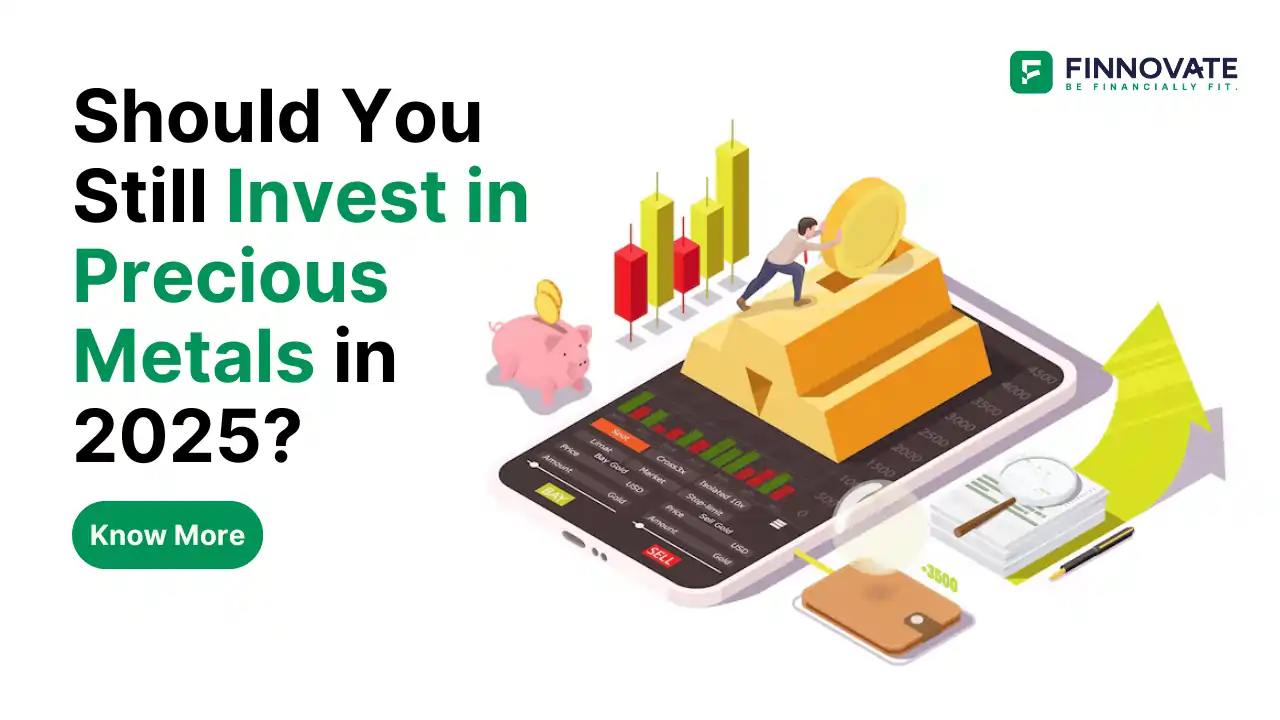
By

Gold prices recently crossed ₹1 lakh per 10 grams, making investors wonder—is it still worth investing in gold or silver? There’s no clear-cut answer, but a deep dive into the past 11 years of asset returns might help bring clarity.
From 2015 to 2025, gold and silver have been the best-performing asset classes in 6 out of 11 years. Gold topped performance charts in 2018, 2019, 2022, and 2025, while silver outshined in 2016 and 2020.
Here’s a quick breakdown:
|
Year |
Top Performing
Asset |
|
2015 |
10-Year G-Sec |
|
2016 |
Silver |
|
2017 |
Equity - Small Caps |
|
2018 |
Gold |
|
2019 |
Gold |
|
2020 |
Silver |
|
2021 |
Equity - Small Caps |
|
2022 |
Gold |
|
2023 |
Equity - Small Caps |
|
2024 |
Equity - Small Caps |
|
2025 |
Gold |
While small-cap equities dominated in four of the remaining years, precious metals were the clear winners more than half the time—a shift from their traditional role as low-volatility, store-of-value assets.
Traditionally viewed as safe-haven assets, gold and silver have now emerged as potential alpha-generators, especially during volatile global phases. The post-2008 economic landscape introduced prolonged uncertainty, fueling speculative interest in these metals.
Gold is no longer just insurance; it's also become a tactical play.
Silver, often more volatile than gold, has drawn short-term traders seeking outsized returns.
This changing investor behavior is partly due to younger investors (Gen X & Gen Z) entering the market post-2008, never having seen a prolonged bear market in gold.
Despite their performance, precious metals carry considerable downside risk:
Gold was among the bottom-3 asset performers in 3 of the last 11 years.
Silver landed in the bottom-3 for 5 out of 11 years.
It’s a volatile ride—not all glittering years are golden. The risk is compounded by the historical precedent: post its peak in 1980, gold went through an 18-year bear phase.
While gold has soared in the last decade, future returns may not follow the same trajectory. Let’s not forget:
Gold is an unproductive asset; it generates no interest or dividends.
Its demand has been propped up by central bank purchases, especially as a hedge against dollar volatility and US deficits.
Yes, central banks like those of China and India have added significant gold reserves over the last 5 years. But such buying cannot go on indefinitely.
Gold remains relevant as a hedge, not as a primary growth asset. At Finnovate, we recommend:
Keeping 10–15% of your portfolio in gold, particularly via Sovereign Gold Bonds (SGBs), Gold ETFs, or Digital Gold.
Avoid over-allocating to gold in the hope of repeating recent rallies.
Diversify with productive assets like equities, debt instruments, and REITs to build long-term wealth.
Gold has proven its mettle—again—but it’s not a guaranteed path to prosperity. Treat it as insurance, not a jackpot. With the right allocation strategy, precious metals can enhance portfolio resilience, but don’t let recent gains cloud long-term judgment.
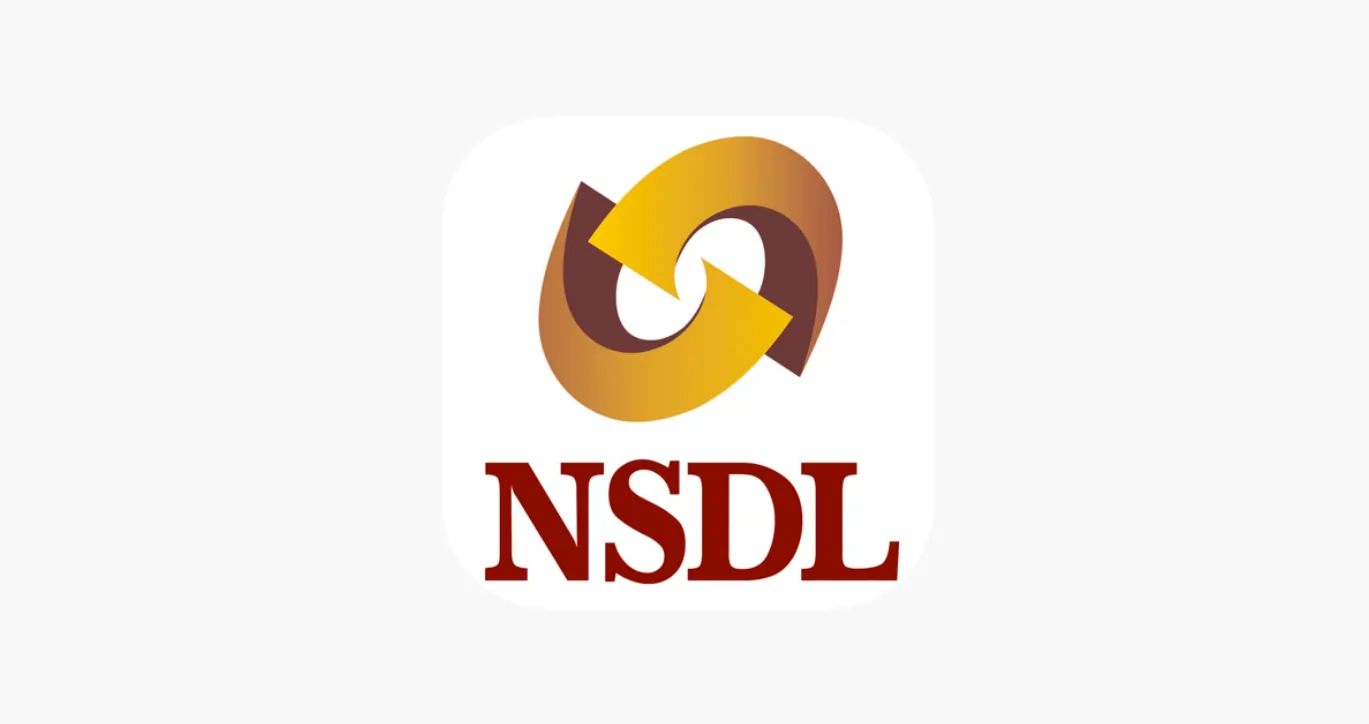
Learn how to easily download your NSDL CAS Statement in PDF format with our step-by-step guide. Follow our instructions to log in to NSDL e-Services, download your account statement, and subscribe for
Read Full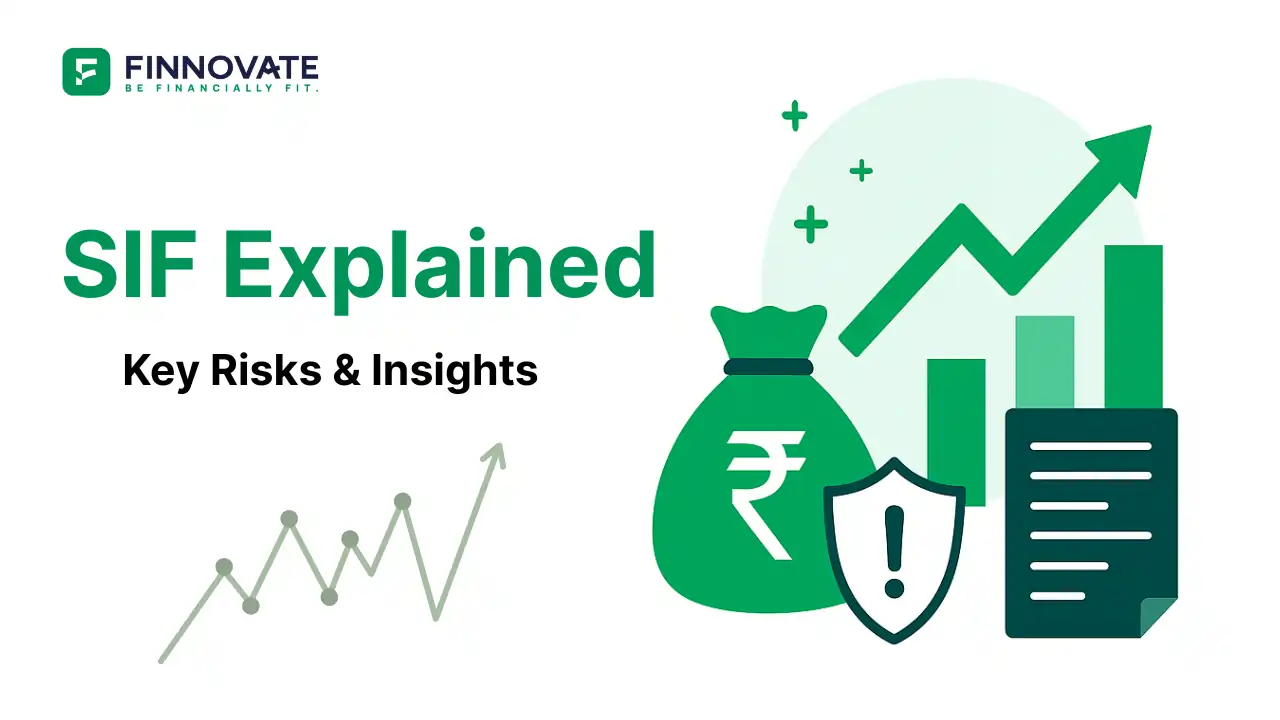
Explore what Specialised Investment Funds (SIFs) are, their benefits, taxation, minimum investment, how to invest, how they compare with mutual funds and PMS and latest developments in SIF space
Read Full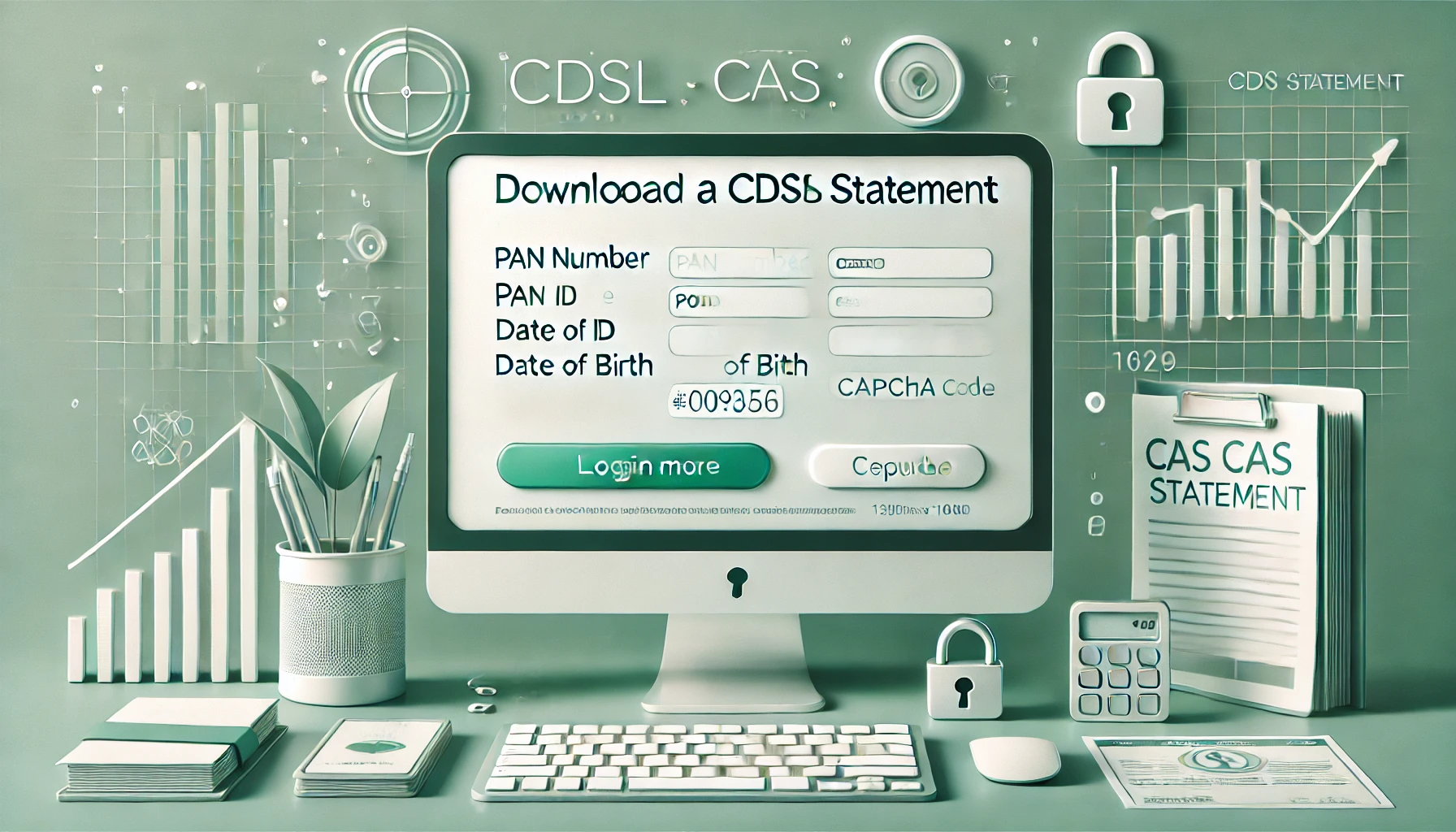
Learn How to Download Your CDSL CAS Statement with our step-by-step guide. Easy instructions for accessing your investment details online.
Read Full
Analyzing the potential economic impact of the 2025 India-Pakistan conflict on India's GDP growth, manufacturing sector, and foreign investment.
Read Full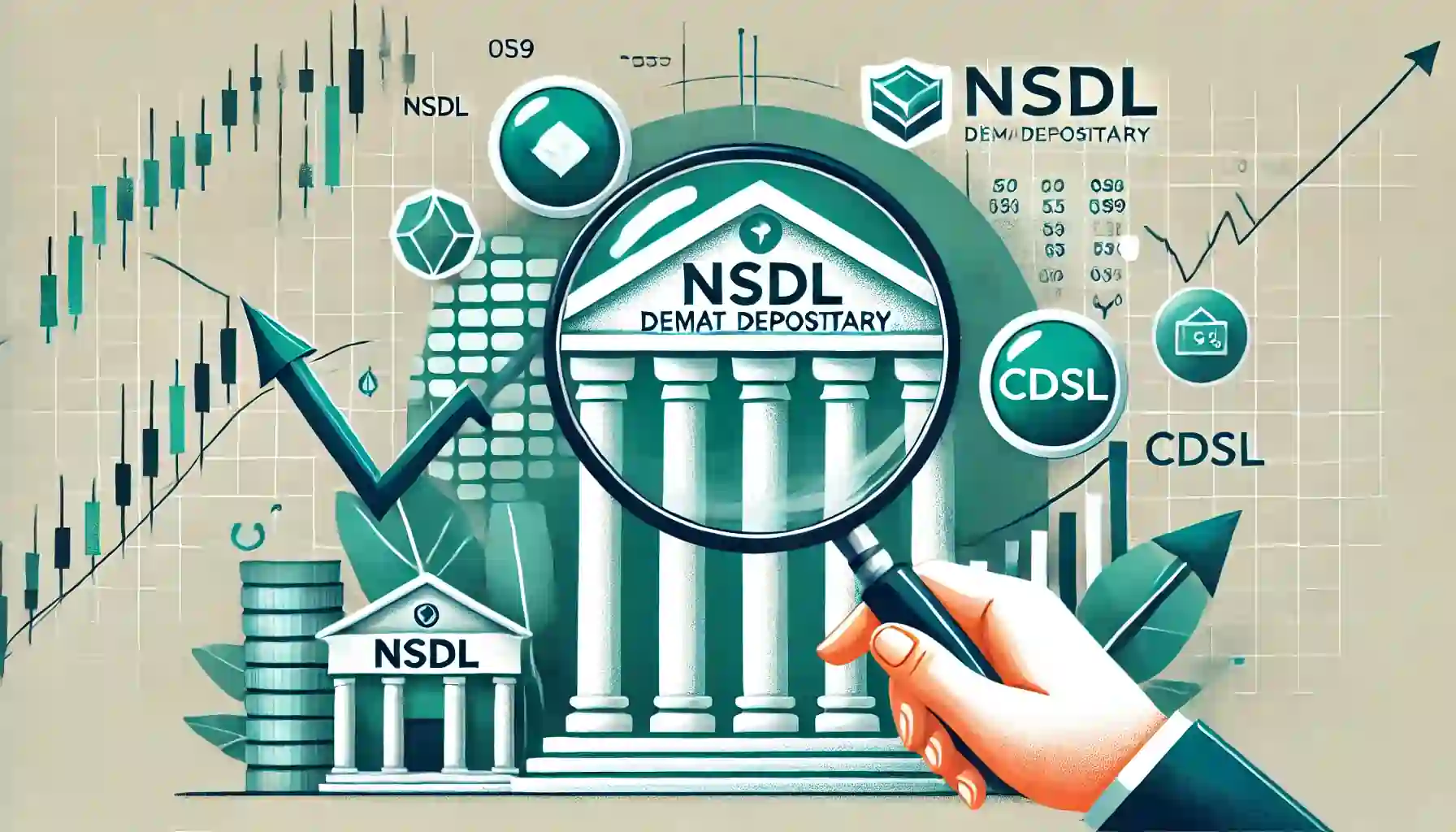
Determine if your Demat Depositary (DP) is NSDL or CDSL easily. Follow our guide to check using broking platforms or Demat account number formats
Read Full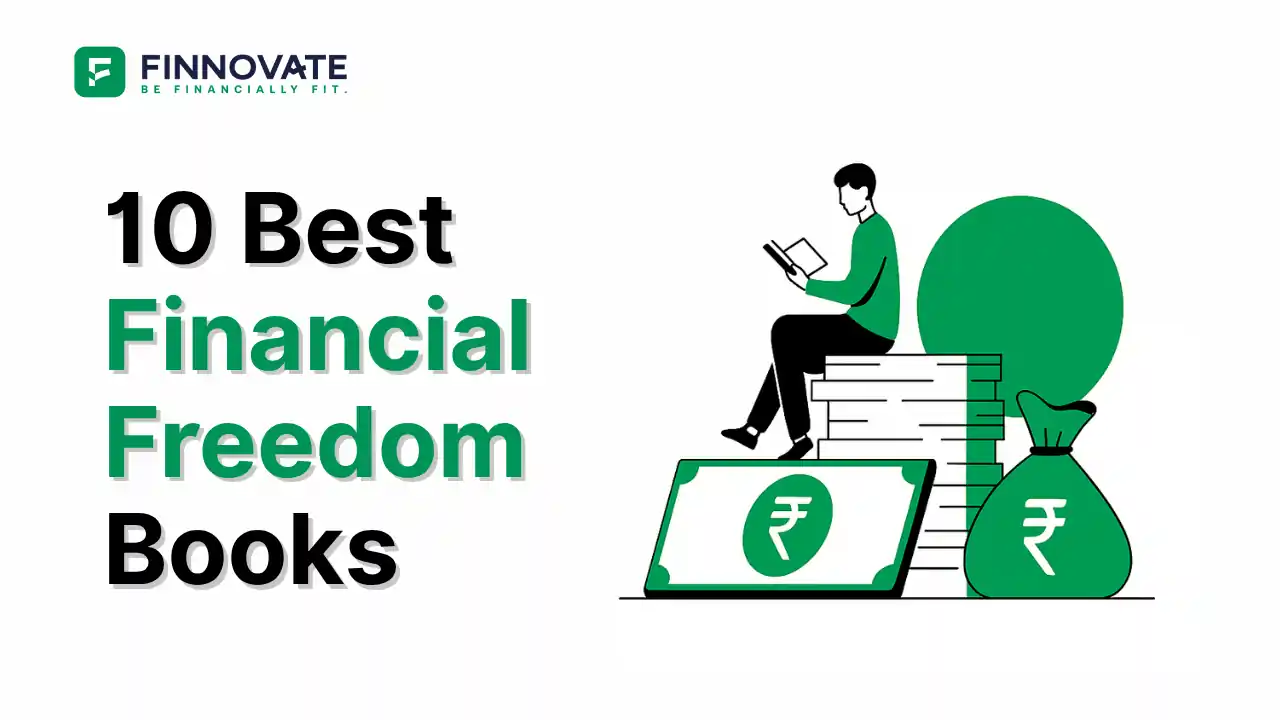
Looking for the best financial freedom books? Here’s a handpicked 2025 reading list with summaries, why to read, and who it's best for.
Read Full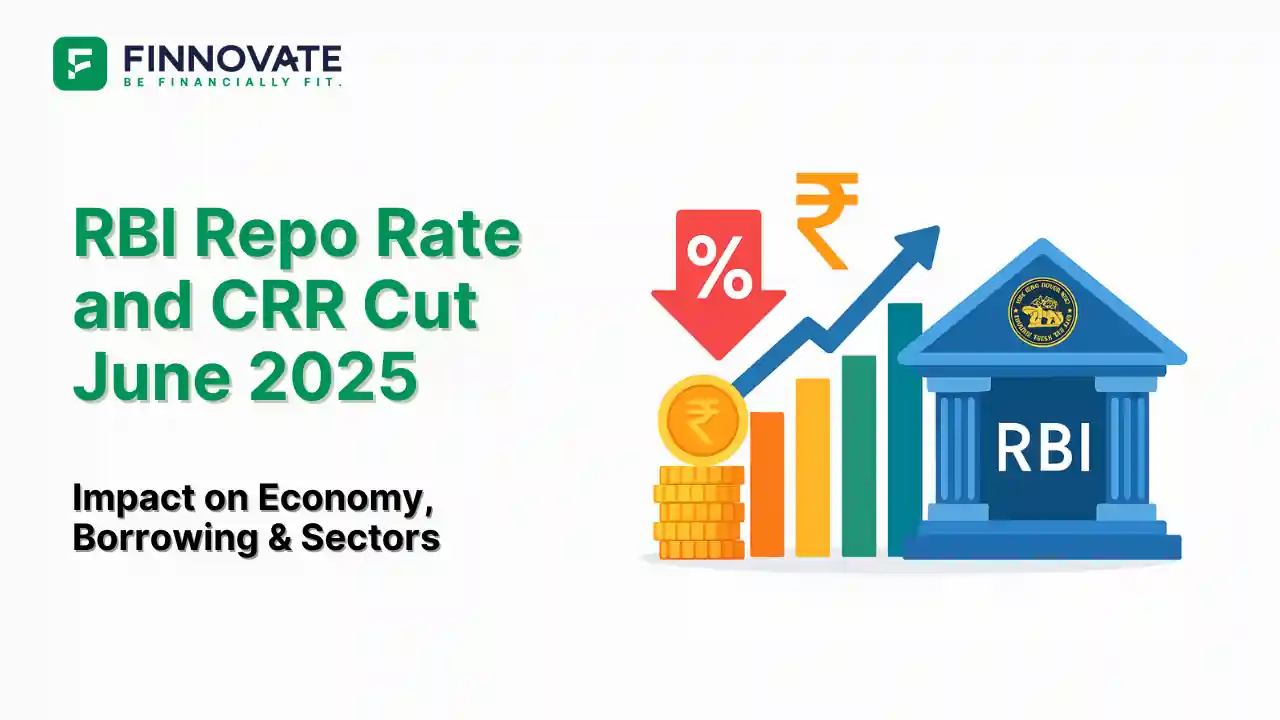
RBI cuts repo rate by 50 bps and CRR by 100 bps in June 2025 to boost growth. Learn how it impacts inflation, borrowing, sectors, and market trends.
Read Full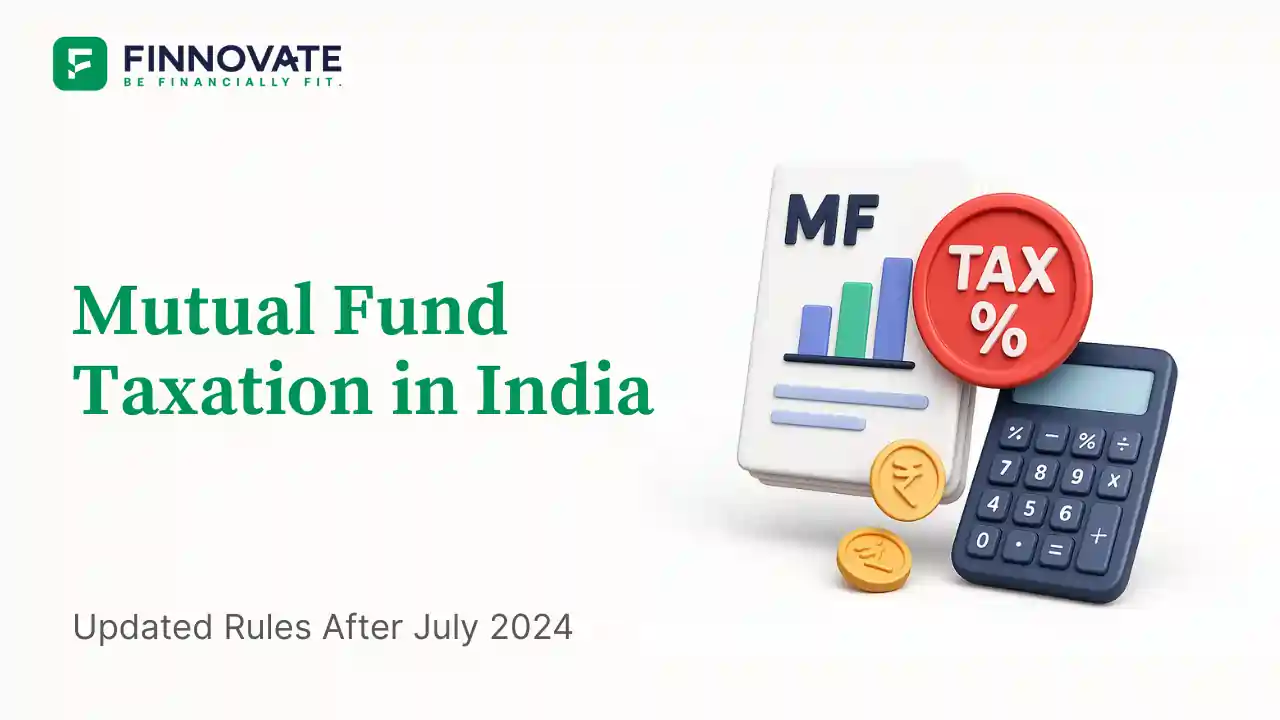
Clear guide to mutual fund taxation in India for FY 2025–26 after July 2024 changes: equity STCG 20%, LTCG 12.5% with ₹1.25L exemption, debt/hybrid rules, dividends, examples, tables, and FAQs.
Read Full